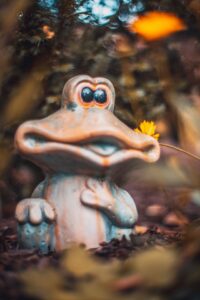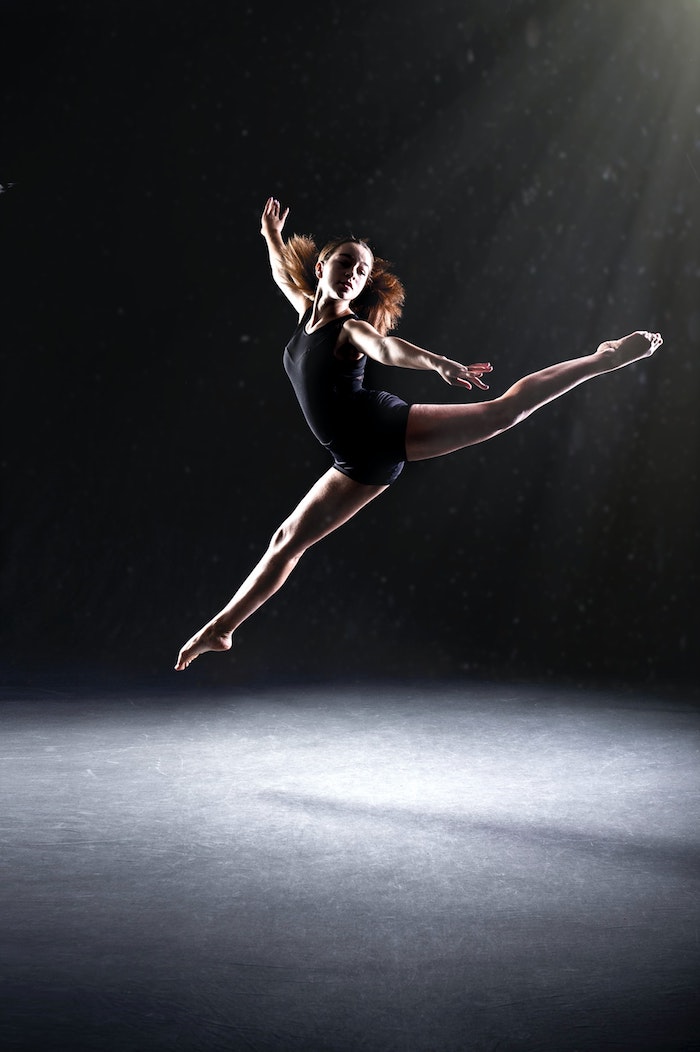As spring tries to suggest itself, and certain aspects of life are returning to normal, many of us are taking heart about the upcoming conference season. One event I do love towards the end of February will still be “virtual,” but in this case a virtual medium will have certain advantages (as much as we will miss being under the blue skies at the University of Phoenix law school).
For this intriguing symposium entitled Teaching the Scientific Project: Investigation, Experimentation, Enterprise sponsored by the Institute for Classical Education, I will be giving a talk called “The Science of the Arts.” What images, I wonder, do today’s young people hold of “science”? Has the digital age, with its Bluetooth wonders and the dazzling special effects, wiped out the stolid images of my youth like lab coats, beakers spewing bubbling acids, and knives poised to dissect a frog? I don’t know.

Meanwhile, let’s talk about those frogs. Dissecting frogs did me in back in biology class. I should have been amused by it all, since my father worked in the mid 1930s at New York Scientific Supply, a company that provided lab equipment and “specimens” for high schools nationwide. Daddy regaled us with hilarious, awful stories of embalming vats of frogs, rats, birds, and, yes, cats, although he mostly worked in the shipping department. From this job he gained enough money to survive the Depression and an uncanny ability to wrap packages that looked as if a laser beam had done the job. He also took away crumbs of remorse since the quotas for embalmed cats shipped to science classes in Iowa or Georgia occasionally had to be filled by workers scouring Brooklyn neighborhoods for domestic kitties out on their nightly romps.
Consequently, when I dissected my first frog in 10th grade, all I could think about (other than the awful smell) was whether my clammy frog had been someone’s pet. Yes, I know that’s irrational. Nonetheless, anxiety plus bad odor equaled “science” for me for a long, long time. In addition, back in my day, girls were not expected or encouraged to study science seriously. Dissect a frog, maybe. Become a surgeon? Pshaw.
Clearly, many important revelations about science awaited me. The first breakthrough came in a college geology course taught so magnetically—no pun intended—that I decided to change my major and follow our astonishing Prof. Hugh Smith’s footsteps into petroleum geology. Years later, I would work as a secretary in the high-level offices of Hunt Oil, Dallas where, among other things, I realized what a good career choice that could have been.
Only in graduate school did I begin to discover how thoroughly music rested on the science of acoustics, with physics, mathematics, and geometry thrown in to boot. Certainly I had garnered no sense of science belonging with the arts when growing up taking piano lessons. Once that revelation was in place, other realizations came quickly: dance too was based on science, from physiology to geometry and beyond. Art was all about chemistry and geometry, not to mention psychology. In fact, there is no art form where science does not shape the creative process or explain at least some of the effects on those receiving that art.
 It’s fair to say that my exposure to Classical Education has further challenged and refined my sense of science, particularly once I started with the simple fact that scientia in Latin, means “knowledge.” How fine it would be to study “science” as a child via the broad, deep approach employed by Classical educators.
It’s fair to say that my exposure to Classical Education has further challenged and refined my sense of science, particularly once I started with the simple fact that scientia in Latin, means “knowledge.” How fine it would be to study “science” as a child via the broad, deep approach employed by Classical educators.
Director Rob Jackson’s choice of science for this year’s symposium is bringing together hard scientists, philosophers, mathematicians, teachers of Latin, history, and literature, and a group of ardent administrators dedicated to the success of the Great Heart Schools—a fascinating venture in Classical Education sprouting across Arizona and Texas. Does this not sound like a fruitful place for a scientific consideration of the arts to spring forth?
Of course, my content can go in dozens of directions, but the place to start likely will be the magnificent understanding those clever medieval scholars had about our cosmos and its principles. What grand scientists those long-ago music folks were! Their brilliance evidenced itself in the building of new instruments, setting forth new systems of notation and tuning, configuring new ways to combine vocal lines and harmonies, and constructing ever-better methods for making inks, pens, parchment, paper, pieces of moveable type for musical notation, and finally engraved musical plates. While we often think of Bach’s era and the Baroque as the glory time for our Western musical heritage, they stood firmly on the shoulders of generations of musician-scientists who came before them.
Only those who have shoved the arts to the sidelines of the educational playing field are surprised to learn that science and the arts are locked into an ongoing partnership. In short, Michelangelo’s artistic masterpieces and scientific inquiry were not anomalous. Every choreographer thinks in terms of geometric line and the laws of physics. Every sculptor wrestling with the complex process of casting a bronze understands he is under the laws of chemistry. No musician plays a reed instrument without understanding acoustics and physics. While I doubt the day will actually come when creative and performing artists get their due, peeling off the popular misconception of “the arts” standing in opposition to science and math would be a start in the right direction. Frogs, be vanished!





Astrolabes, globes and star atlases were true works of art during the Middle Ages, Renaissance and the Baroque.